Looking at my photographs of Sarajevo, you would not expect them to have been taken in the middle of May. The previous day (The great Bosnian Road Trip) having been a wash-out but the previous days being warm and beautiful, I don't think anyone expected snow in the middle of May in Sarajevo. Least of all, this was not only a little snow; this was a considerable amount of snow that settled on the ground and branches of trees in full bloom and leaf, breaking them with the extra weight.
I discovered the snow at about 5:00 in the morning as I noticed the brightness coming from the hotel window. I was shocked, to say the least. The snow was still coming down thickly and would continue to for the rest of that morning. Needless to say, we did not expect to have snow on our holiday to southern/south-eastern Europe in May, so our clothes were not the warmest. Despite this, we soldiered on to make the most of it. Unfortunately, many of the places we wanted to visit were closed due to the snow, and the viewpoints around the city had restricted visibility due to the snow and mist. We hired a guide to take us around and give us a tour of the city.
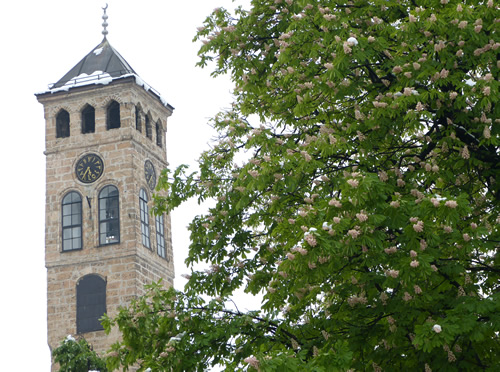
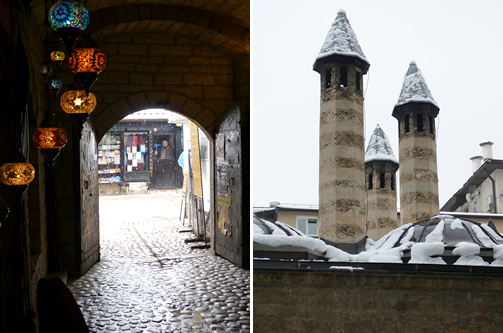
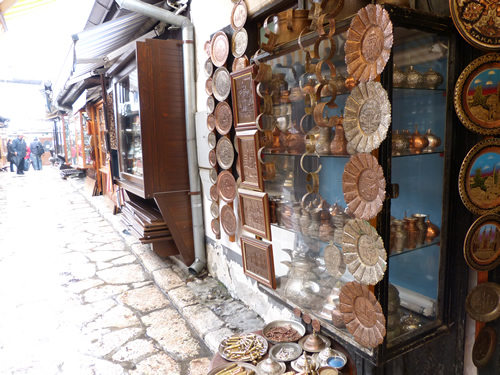
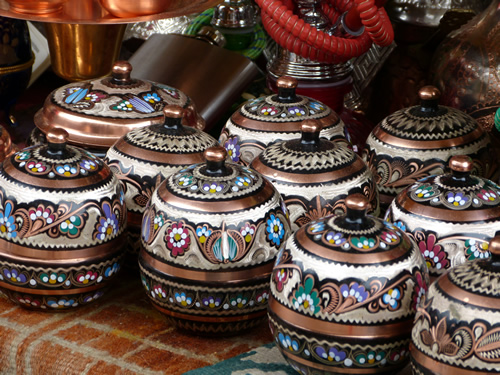
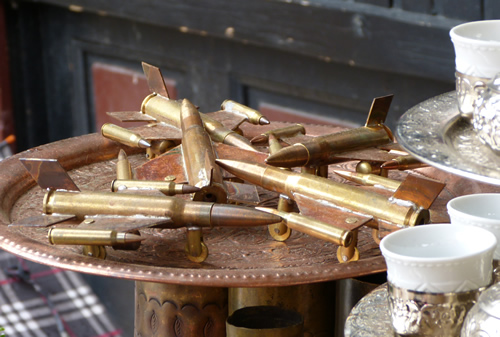
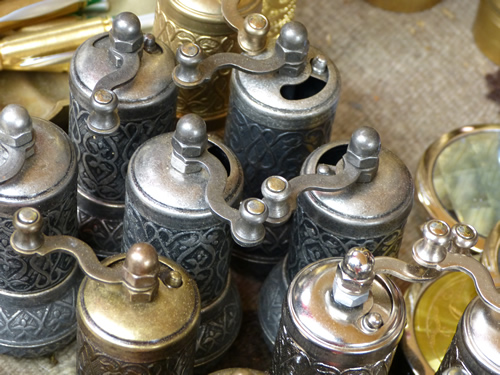
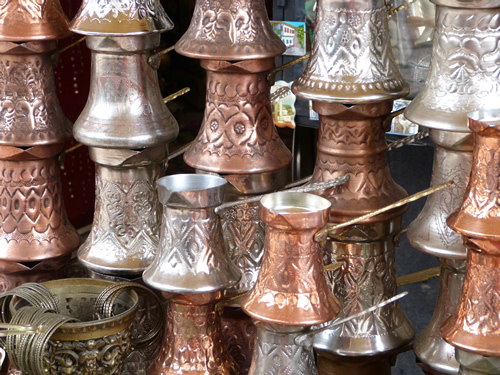

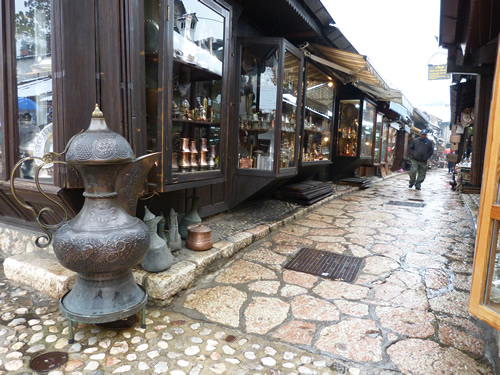
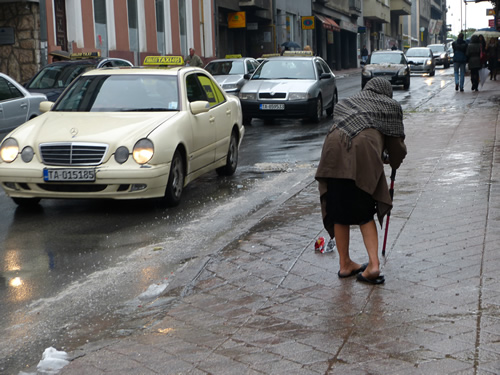

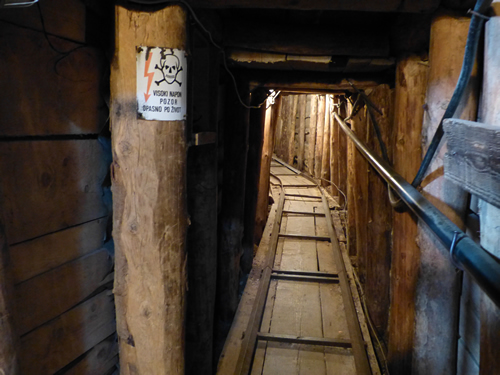
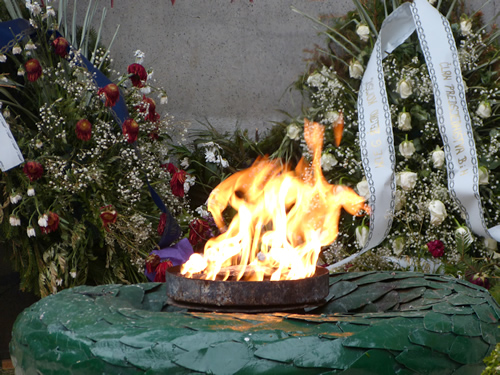
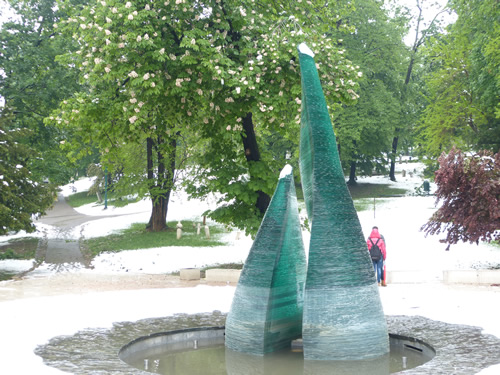
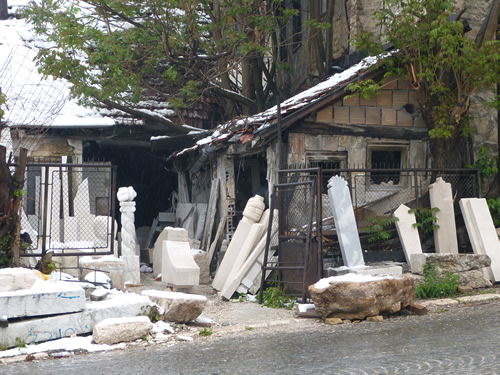
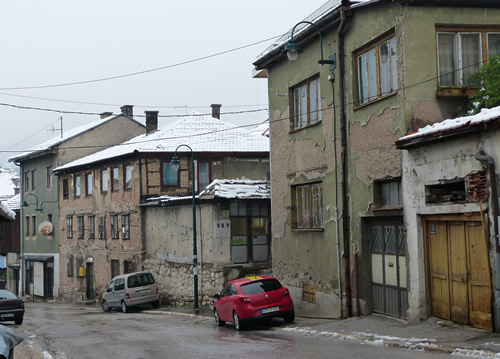
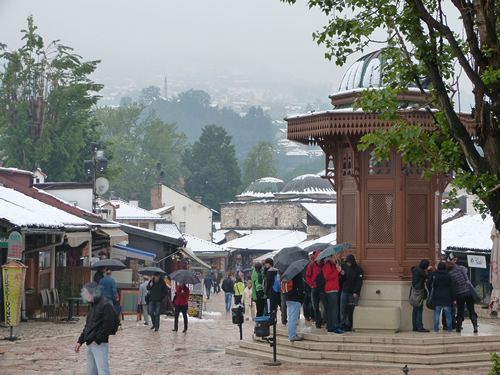

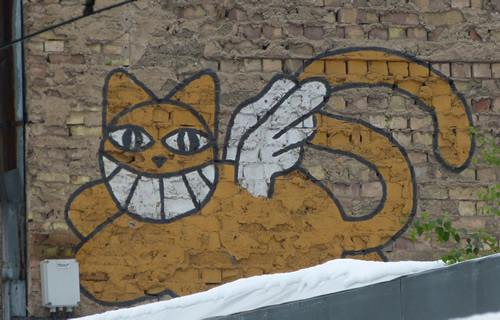
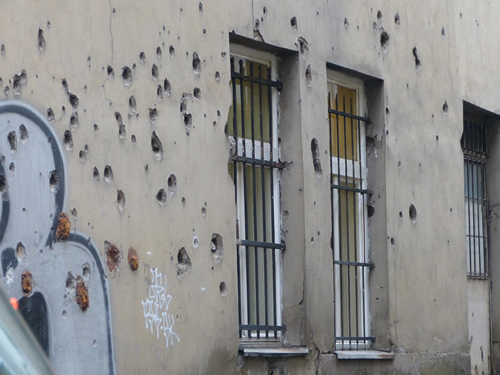
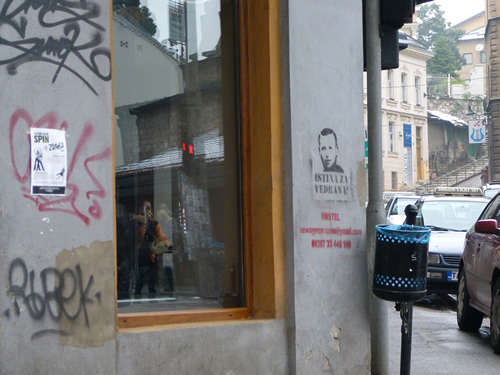
In short, Sarajevo is a multi-cultural city. Churches, mosques, and synagogues are within close proximity of each other and help to create a diverse skyline and architecture of Sarajevo. As a result, the city has much character. It has also seen much change from the beginning of its history; it became influenced by the Ottoman Empire, Astro-Hungarian Empire, and has seen more modern glories (host of the Olympic games in the 1980s) and downfalls (war in the 1990s).

The Sarajevo Clock Tower, Sahat Kula - Gazi Mosque next to a tree in full bloom. This clock was made in London.
The old part of Sarajevo has eastern influences in architecture. A common sight to see in this area are buildings with large arched doorways and internal courtyards. Many of these were used as old inns for traders and travellers, and these could hold hundreds or people and horses each night. Many of these are now converted into shops or restaurants.

(Left image) Looking out of the doorway of an inn in Sarajevo, now converted into a shop selling carpets. (Right image) Detail of the roof architecture of the Kuršumlija Madrassah, which was a school and is now used as a market area.
One of my favourite areas in old Sarajevo is Coppersmith Street. The street is built in the eastern style (from the Ottoman Empire) with small buildings and shops and cobbled streets. All of the shops on this street were selling metal goods, and this street reminded me of the souks I visited in Morocco and Egypt.
In addition to the copper and metal items for sale, visitors could also purchase many different types of souvenirs created from bullet casings. I assume that these casings were discovered after the war and created into various items for tourists.

Sarajevo's Coppersmith Street

Coppersmith Street in Sarajevo has many decorated copper pots for sale.

Souvenir planes made out of bullet casings for sale on Coppersmith Street; the bullet-planes could be engraved when purchased.

The people of Sarajevo love coffee, and these coffee grinders are for sale in Coppersmith Street.

More tin goods for sale; I assume that these little tin jugs are for the Sarajevo coffee experience and may be used to hold milk.

A close-up of the copper and tin goods on Coppersmith Street.

Looking down Coppersmith Street; by this time in the late afternoon, the snow had melted.
Walking up a couple of blocks from Coppersmith Street, the architecture changes. This is where east meets west. The architecture is large and decorative, designed with the Austro-Hungarian influence. (The buildings reminded me of ones I saw in Prague.) We had a drink in one of the nice hotels in this area and admired the architecture and ceiling detail. Neither of us are coffee-drinkers, so we had hot chocolate, but coffee is the drink of choice in Sarajevo.
The people of Sarajevo were friendly, but I could not help but to notice poverty in some areas. I often saw a few older-looking ladies hunched over and walking slowly barefoot with a cane. We were approached a couple of times by beggars, particularly on the walk up to the Olympic stadium, which is disused. [Note to London: I hope London has plans for the stadium as I've been to many cities - Sarajevo and Barcelona - where the stadiums are just left to ruin.] Unfortunately, due to the snow, we were unable to see the Olympics bobsled track. I've seen pictures of the track, and the graffiti on this looks cool, so I am gutted to have missed it. It was also a pity to miss good views over the city due to the fog.

An older lady walks along a busy street in Sarajevo.
Over the years, Sarajevo has held historical importance. On one of the picturesque bridges over the river, Latin Bridge, Archduke Franz Ferdinand was assassinated. This event ultimately started World War I.
All eyes were on Sarajevo again in the 1990s when the city was under siege. One of the first places we visited in Sarajevo was the War Tunnels. The War Tunnels helped transport people and supplies into the city under siege. Upon arrival to the museum, we watched a video about the siege and saw some of the areas we had visited during the war. We also saw photographs of celebrities who have visited the war tunnels.

The War Tunnel's Museum, riddled with bullet holes.

A section of the War Tunnels in Sarajevo that is open to the public.
It is hard to believe that this war happened not so long ago, and there are many reminders of this war around the city. Some of the buildings around Sarajevo have holes in them from bullets, and others had to be rebuilt or are currently in the process of reconstruction. "Sarajevo Roses" are also seen around the city. These are areas of the pavement painted red to mark where someone was struck down. Many times the damage to the pavement can be seen. I missed seeing the "Sarajevo Roses" during my trip, though I may have seen one but did not understand the significance at the time. Monuments have also been set up in Sarajevo for rememembrane of those who suffered in the war.

The eternal flame remembers those who passed on in World War II, but it also bears significance to the recent conflict

A memorial to the children who perished in the war. The names of children are inscribed around the monument.
The remaining time spent in Sarajevo was spent exploring the central part of the city. A lot of the snow had melted from the streets by the late afternoon, but the city was still covered in the mist and fog, so it was not possible to get any views of the city's skyline.

The building in this picture suffered from war damage; the owners appear to make the stones for Muslim graves.

This hill leads down to the centre of Sarajevo, and some of these buildings have suffered damage.

The small fountain, Sebilj. This is a centre point in Sarajevo. Water fountains were popular in Sarajevo.

Many pigeons gather to keep warm near a shop window next to the Sebilj.

This street art cat reminds me of the Cheshire Cat with its wide grin. I am not sure why the cat has wings or the meaning behind it.

Damage on a building in Sarajevo.

I saw the "Istina Za Vedrana!" graffiti in many places in Sarajevo; this translates to "Truth for Vedrana!". Apparently he was a football fan killed by the police, but some think that the case into his death (accident or not) was not fully investigated.
Have you visited Sarajevo? What do you think of the city?
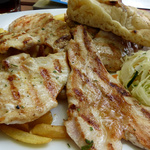
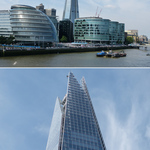

Leave a comment